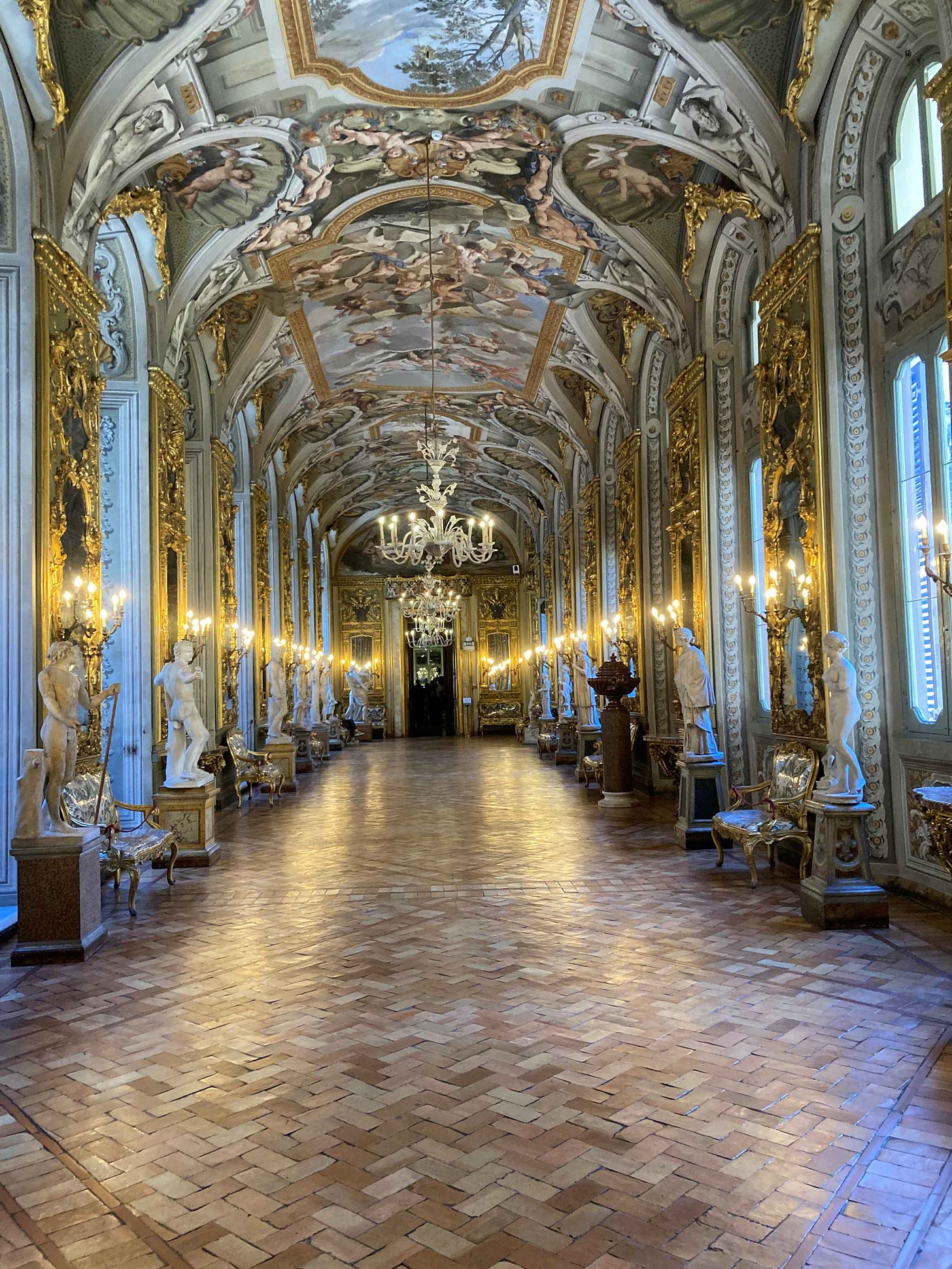Talking about climate change #24
More on past climates (4 minute read)
I love you as one loves the most vulnerable
species: urgently, between the habitat and its loss.
Craig Santos Perez
When I was putting together last week’s article on Earth’s past climates, I came across some great videos and animations which explained the way that our planet has changed over different time periods. Some of these videos covered Earth’s entire history, while others covered shorter periods in more detail. So, this week, I’m sharing resources which help with understanding the way the Earth has changed over time.
These resources explain in more depth how we know that the current climate change isn’t the result of factors such as the Milankovitch Cycles. They should be useful in discussions with people who have questions about climate change.
Since the industrial revolution
There are many different animations which present climate data from recent years in ways which make it easier to understand. I’ve chosen two – one which shows the changes over different parts of the world and one which shows the seasonal variations.
Climate change since 1880 around the world (30 second video)
Video: Global Warming from 1880 to 2022 – Climate Change: Vital Signs of the Planet (nasa.gov)
Climate change since 1880 by season (1 minute video)
Video: Climate Spiral (1880-2022) – Climate Change: Vital Signs of the Planet (nasa.gov)
There is also this remarkable video about Arctic Sea ice. I’ve shared it before, but I find it fascinating and it’s worth another look. (3 minute video)
Disappearing Arctic sea ice (youtube.com)

Last million years
For an overview of the last million years of climate change, this video from Climate Adam is excellent. It contains one point which I hadn’t come across before – that human-induced climate change did not begin with the industrial revolution, but much earlier, when we first began large-scale agriculture, which involved clearing forests (something which results in substantial emissions of carbon dioxide into the atmosphere) and later developing rice paddies (which emit methane).
One Million Years into Climate Change's Past (youtube.com) (13 minute video)
Milankovitch cycles
The best explanations I’ve found for the Milankovitch Cycles are these two videos from Paul Merrell, a computer scientist who uses fantastic animations to explain astronomy. The first of these videos explains how the Milankovitch Cycles work, while the second gives a great breakdown of where our climate should be, according to the Milankovitch cycles, and where it actually is, due to human impacts on the environment.
How Ice Ages Happen: The Milankovitch Cycles (youtube.com) (7 minute video)
The Milankovitch Cycle Timeline: Where are we now? (youtube.com) (5 minute video)

Millions of years
The following videos mostly cover the last 500 million years or so, which is the period of geological time most of us have some familiarity with. This period covers the arrival of plants and animals on land, the evolution of groups we are familar with, such as fish, insects and flowering plants, and the age of the dinosaurs.

The first video gives a quick overview of Earth’s geologically recent fluctuations between warm eras and cold eras. (3 minute video)
NOVA | How Earth’s Climate Changed Over the Past 500 Million Years | Season 47 | Episode 1 | PBS
The second video gives a high energy overview of the whole of Earth’s history, but it particularly covers the last 500 million years, and looks at the way life has affected the atmosphere and climate. (11 minute video)
A history of Earth's climate - Curious (science.org.au)
Billions of years
There are many videos covering the whole of Earth’s history, but I’ve picked out two I particularly like. The first animates a graphic science book, and only has music accompanying it (Ride of the Valkyries by Wagner for some reason). The second video has narration as well as text.
History of the Earth in 5 1/2 minutes - YouTube
Earth's Evolution in 10 Minutes (youtube.com)
History of life on Earth
I also looked for something which covered the whole history of life, and found this slightly odd but highly effective video. They use an American football field, but it still makes sense if you know nothing about American football.
Earth's Entire History (Visualized On A Football Field) (youtube.com) (4 minute video)

Climate poem
This month’s climate poem comes from Craig Santos Perez, a Chamoru poet from Guåhan/Guam. The first link takes you to the poem. The second link takes you a lovely essay by the poet, in which he explains how he came to write this poem and others relating to climate change.
Love in a Time of Climate Change by Craig Santos… | Poetry Foundation
Recycling Poetry in a Time of Climate Change – Asian American Writers' Workshop (aaww.org) (7 minute read)






Thanks for this. I've found lots of new sources that I hadn't seen before. Coincidentally, this recent article from the LA Review of Books, by historian Deborah R. Coen (https://lareviewofbooks.org/article/whats-next-for-histories-of-climate-change/) also discusses the history of climate change. It presents a fascinating perspective on the past, particularly how quantifying our past, our history, may overlook something significant. Here's a short excerpt:
"Environmental historians Ian Jared Miller and Paul Warde diagnose the problem this way: “Purely quantitative or global approaches to energy” tend to overlook the experiences of those who are not making the decisions but whose lives are affected by them. This oversight is a result of methods that make it “difficult to grasp everyday experience as a prompt to action and an agent of change.” Otherwise put, historians miss a great deal when they rely on the quantitative tools of scientists."
It is hard for humans to wrap our head around time horizons that we cannot truly comprehend. Thousands, millions, billions of years; confusing, as not relatable. Your article is a great attempt at « humanizing » the very long history of our great blue ball floating in the universe.
Thank you for sharing!
- Polo